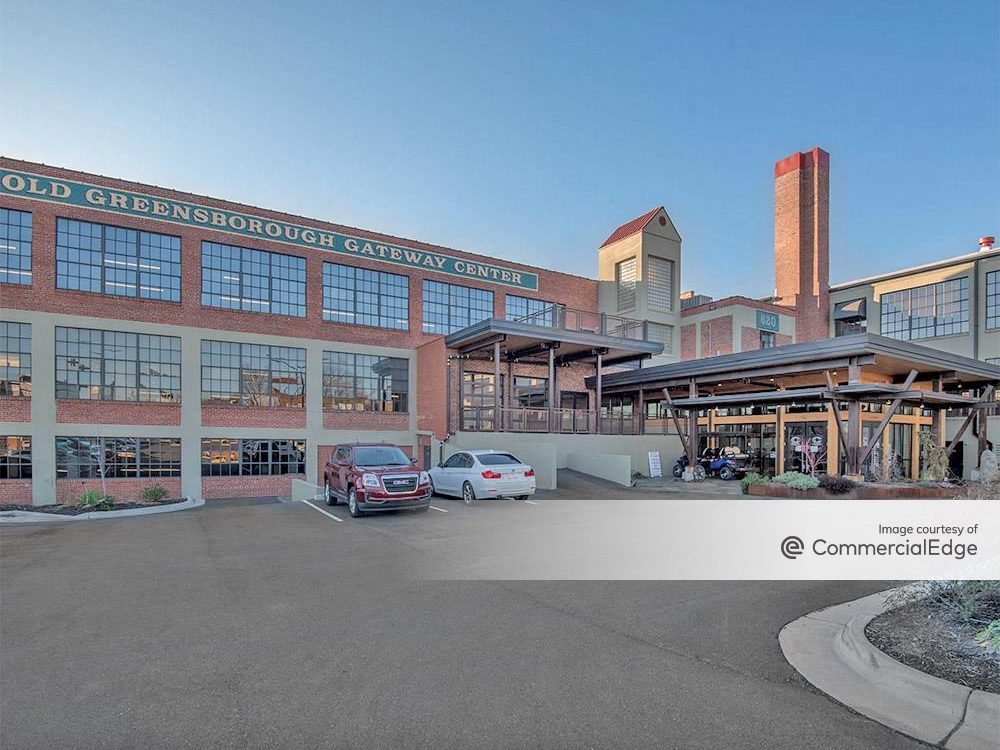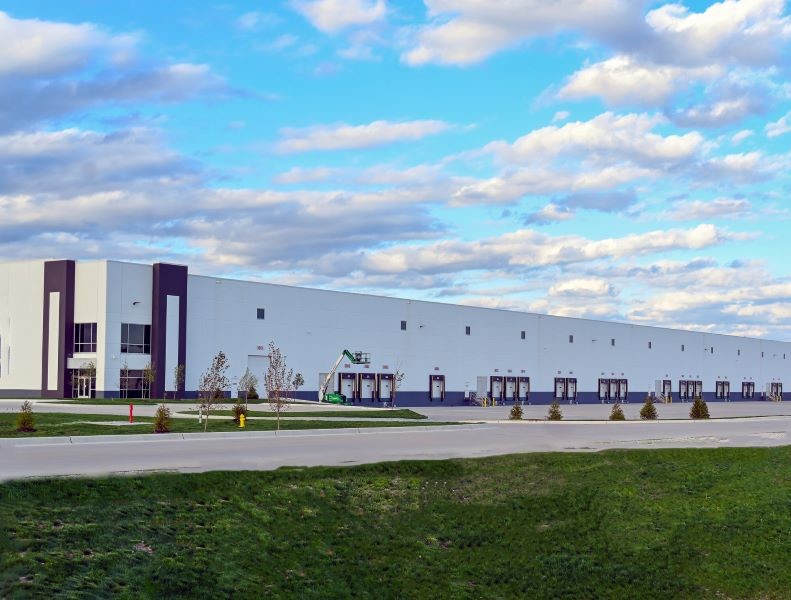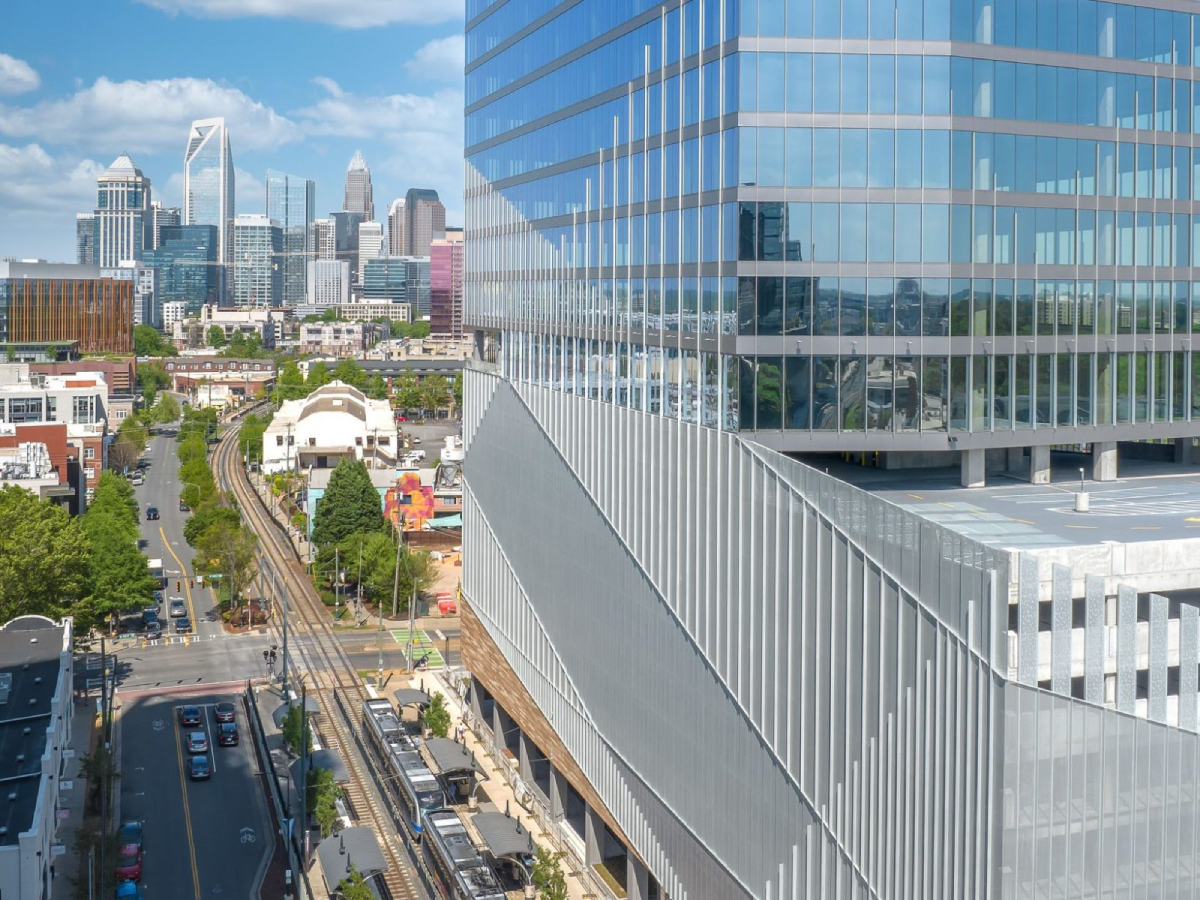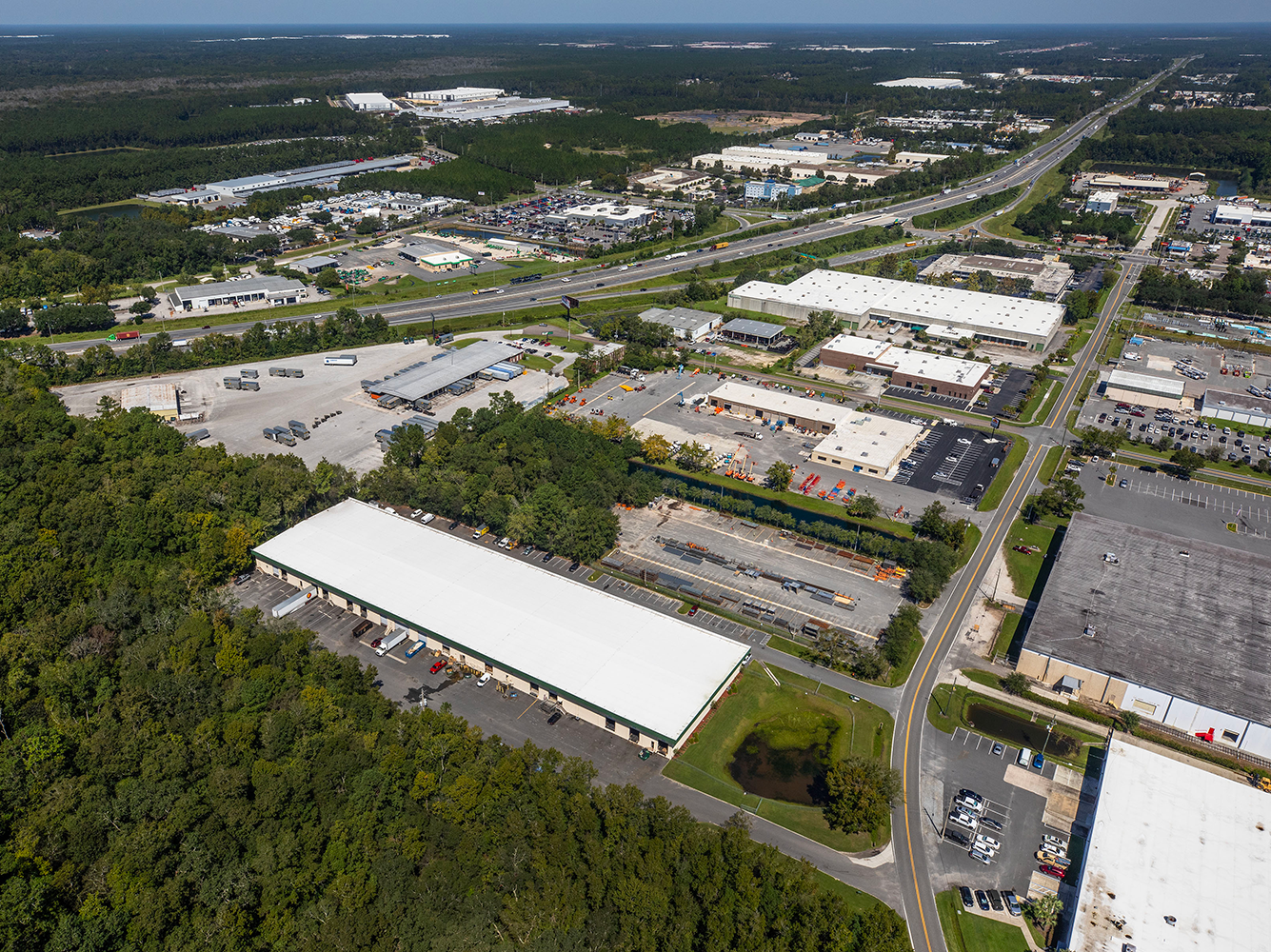Steve Coyle: Learned Locales — An Educated Investment
As U.S. commercial real estate prices have risen rapidly in gateway markets, where the science, technology, engineering, and new media sectors have driven employment growth, many investors are questioning whether these trends can continue over the long run. We think that they will. While a recession could occur, we believe that technology and knowledge-based markets—what…
As U.S. commercial real estate prices have risen rapidly in gateway markets, where the science, technology, engineering, and new media sectors have driven employment growth, many investors are questioning whether these trends can continue over the long run. We think that they will. While a recession could occur, we believe that technology and knowledge-based markets—what we call Learned Locales– will post above-average growth regardless of economic conditions.
Employment in the STEM (science, technology, engineering and math) fields is changing the nature of cities and real estate demand. Industries dominated by STEM jobs, including professional and technical services, management and healthcare, accounted for more than 1 million of the 3.1 million net jobs added over the past 12 months. Moreover, these categories have expanded employment beyond their pre-recession peaks by 3.4 million jobs, while the rest of the economy still remains 1.5 million jobs below peak employment levels. Along with demographics and other factors, these employment trends are creating “have” and “have-not” cities. Nearly all of the “haves” are Learned Locales.
Learned Locales and the STEM factor
Attributes of Learned Locales include (those born between 1980 and 1999), young immigrants and H1B visa holders. Both immigrants and Millennials are growing as a share of the total workforce, and both groups tend to favor urban markets with high disposable incomes. Of the top 11 metropolitan areas for H1B visa applications in 2014, 10 are also classified by Bentall Kennedy as Learned Locales. Despite having high costs of living, these markets tend to have high income earners who demand services, creating an abundance of lower skilled service jobs as a result of their spending patterns. Thus, most Learned Locales have posted above average growth in wages during the recovery, while most other markets have suffered from weak wage growth.
Private equity real estate investors have noted these trends, and many have moved aggressively into Learned Locales such as Austin, Boston, Denver, New York, Raleigh/Durham, San Francisco/Silicon Valley, and Seattle. Transaction volumes for apartment properties in these markets have more than doubled in the last three years, with average prices up 25 to 40 percent. The office market is a more nuanced story, as the nature of the “best product” has changed. Demand has shifted away from the traditional tower tenants (law, accounting, and financial firms) to the thriving technology, new media, and medical technology firms. Transaction volumes are up dramatically in most of these markets, especially the Bay Area, but the average price paid per square foot was actually down in Boston, Denver, and Raleigh/Durham in 2014. This reflects a shift in demand and investor interest to alternative office spaces that STEM workers often find more attractive.
In Boston, rents have risen dramatically in century-old “brick & beam” warehouses along the Boston and Cambridge waterfronts and in new purpose-built offices, lab and medical buildings in the same areas, while rent growth in traditional CBD office towers has been more moderate in recent years. Similar patterns have developed in Denver with the Union Station/LoDo redevelopment and in Raleigh with the conversion of older warehouses into space for its burgeoning networking companies. In response to this trend, traditional office towers are being redesigned to include open-plan layouts. One Sansome in San Francisco is an example of an office tower that catered to finance, law and insurance firms, but has been redesigned to become home to a number of technology tenants.
Turning to the TERRNs
The latest twist to this story is the move of traditional business services firms such as law and accounting firms away from CBD towers to be near STEM-related office tenants. The Union Station area in Denver, Seaport in Boston, and Transbay area in San Francisco are all examples of this movement. Even for traditional office tenants, the definition of “best location” is evolving with the changing nature of their workers and their leading clients.
A focus on Learned Locales with a micro-market emphasis on emerging transportation, employment and retail/residential nodes, (what we call TERRNs), will lead to outsized demand and, in most cases, outsized returns. While pricing in these markets is quite high today, investors are better off paying up for growth than to buy in markets with weak growth prospects. Markets with positive demographic, employment and educational prospects will grow faster than other markets, and will be among the most liquid markets, an important factor in managing a real estate investment portfolio.
Steve Coyle is Senior Vice President and Portfolio Manager at Bentall Kennedy, one of North America’s largest real estate investment advisory and services firms. Working on behalf of 550 institutional investors, Bentall Kennedy manages more than 132 million square feet of office, retail, industrial and multi-residential property throughout the United States and Canada.








You must be logged in to post a comment.